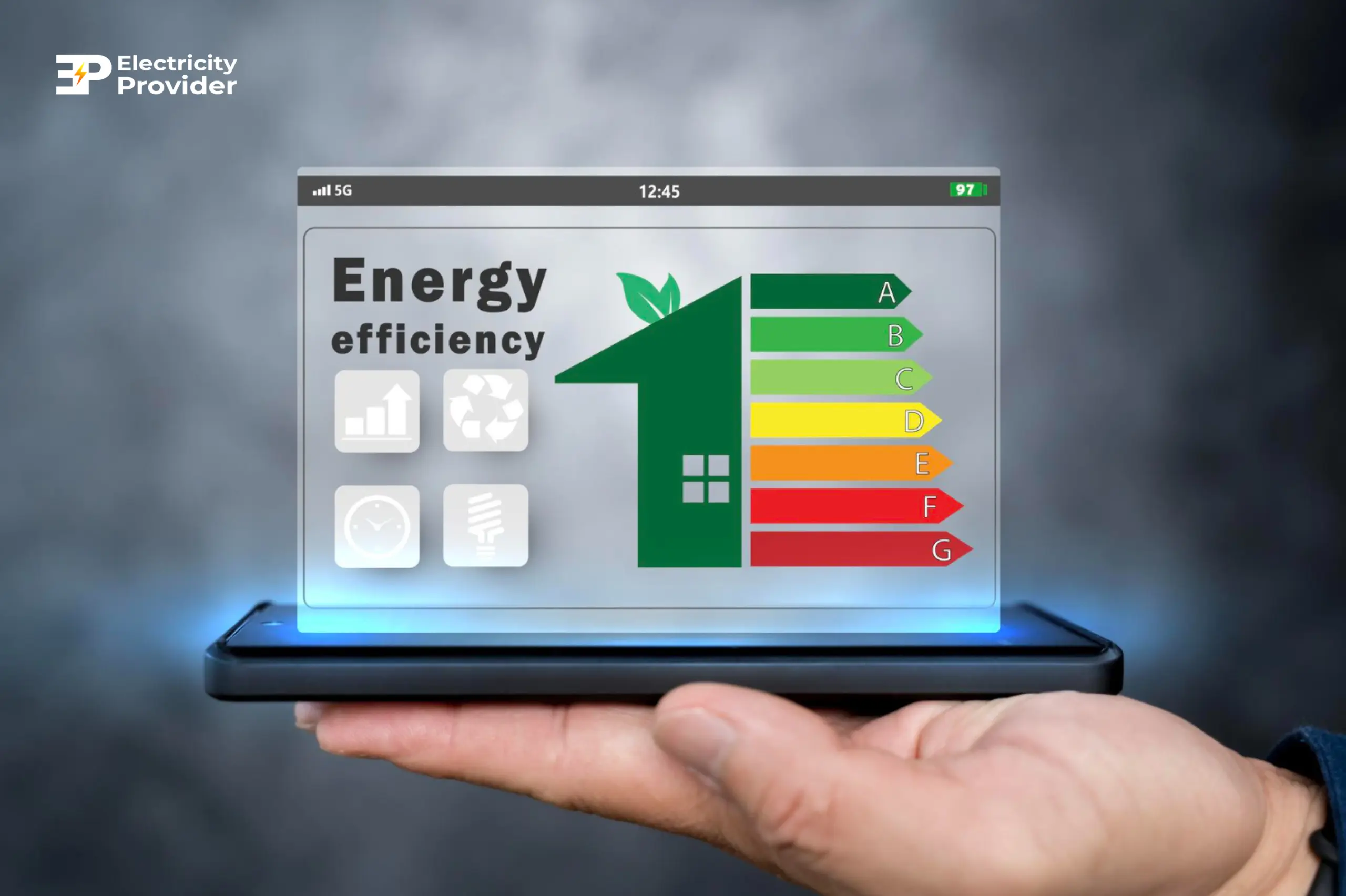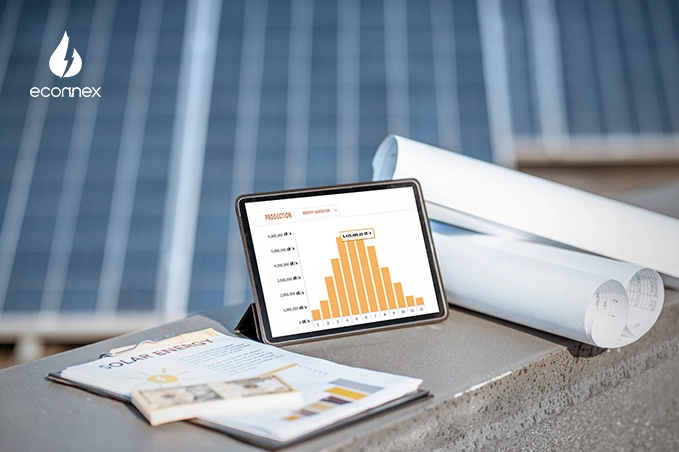Cut your energy costs today! Australians could save up to $415 per year by switching to a better energy plan. Learn how to compare energy providers, find the ideal deals, and reduce your electricity & gas bills effortlessly!

Published on 04/05/2025
By Pallav Verma
Energy Comparison
When was the last time you reviewed your energy plan? If the answer is "years ago," you might be overpaying. The good news is, switching to a better energy provider is easier than you might think. Doing so could save you hundreds of dollars annually, all while offering customised features for your unique energy needs.
This guide is designed to empower Australian homeowners and energy consumers with proven strategies to evaluate and switch energy providers effectively. You’ll not only learn how to compare energy providers but also discover tips for balancing affordability, eco-conscious plans, and exceptional service.
With over 30 energy retailers competing in Australia, staying on an outdated or expensive plan could mean spending hundreds more than necessary. The Australian Competition and Consumer Commission (ACCC) reports that over 80% of households in the National Electricity Market (NEM) could lower their electricity bills by switching to a more competitive plan or negotiating a better deal with their current provider.
In fact, switching from a Default Market Offer (DMO) to the cheapest available plan could save households up to $415 annually, with savings varying by location and provider. However, many Australians remain on costly plans simply because they haven’t compared their options.
By comparing energy providers—whether for electricity, gas, or bundled plans—you can:
Bottom line? Reviewing and switching to a better energy plan could help you save hundreds each year while also supporting a plan that fits your lifestyle and sustainability goals.
Source: Australian Energy Update 2023 , September 2023
Before you start comparing, understand how much energy your household consumes and when. Look at the past 12 months’ worth of energy bills to determine patterns. Are you a high-energy user in summer? Or do you use minimal power during the day due to solar panels?
Having this information helps ensure any energy plan aligns with your behaviour. Providers often offer specific benefits, like cheaper rates for high off-peak usage or solar feed-in tariffs.
Comparing electricity plans is easier than ever thanks to a range of online comparison tools—but it's important to understand how each one works and what it covers.
Government-Run Tool
Privately Operated Platforms
Pro Tip: Before making a decision, check both government and private comparison tools to get a complete picture of your available options. Always read the Critical Information Summary (CIS), and don’t rely solely on pricing—consider factors like customer support, contract flexibility, and payment options.
Not all plans are created equal, and understanding the pricing structure is key. Look for these common tariff types in your area:
Ensure you review plans based on your specific usage, as a plan with low flat rates might not make sense if you benefit more from TOU discounts.
Energy providers often advertise discounts like 20% off if you pay on time. While appealing, these discounts don’t guarantee the lowest final bill. Always look past the discounts to assess the total costs, which include both usage charges and a daily supply fee.
Once you’ve shortlisted options, evaluate providers on these five essential criteria:
Your experience doesn’t end with signing a contract. Look at customer reviews to gauge how providers handle billing errors, outages, or service changes. Websites like ProductReview and Google Reviews can provide insight into customer experiences.
Does sustainability matter to you? If yes, select an energy provider offering renewable energy options like solar or wind power. Look for the GreenPower program certification, which ensures the provider offsets a portion of its energy with green sources.
Australians generating their own solar power can benefit further by comparing solar feed-in tariffs. However, beware of providers offering exceptionally high feed-in rates; they may increase other charges to compensate.
Read the fine print carefully. Identify any lock-in periods, exit fees, or short-lived perks like introductory rates that disappear after a few months. Not every deal provides ongoing savings.
Contract length matters too. Some providers offer no lock-in agreements, while others require contracts of up to two years.
Many energy providers now include value-adds such as usage tracking apps, paperless billing discounts, and flexible bill payment options. These additional features can save you time and ensure efficient energy management.
Many energy providers offer discounts for bundling gas and electricity plans. This option saves not only money but also the hassle of managing multiple bills.
When researching bundled plans, pay close attention to whether the discounts apply to both gas and electricity or just one of them. Use comparison tools to ensure the bundle makes sense cost-wise.
Energy laws and tariffs vary significantly across Australian states. Here are key considerations by region:
Switching energy providers is relatively straightforward. Once you’ve identified your preferred plan, the new provider typically coordinates the switch with your previous supplier. There’s no need to worry about disruptions to your energy service.
Here’s a step-by-step summary of the switching process:
Energy costs shouldn’t burn a hole in your pocket. By taking the time to compare energy providers, Australian homeowners and consumers can enjoy greater savings, enhanced services, and even a reduced carbon footprint.
Don’t put this task off any longer. Use official tools like Econnex, Electricity Provider or trusted alternatives to explore options that better suit your lifestyle and budget.
Empowered choices lead to empowered lives. Remember, every kilowatt counts!




